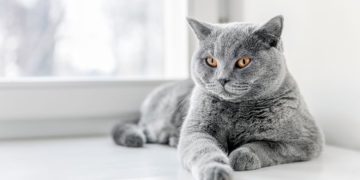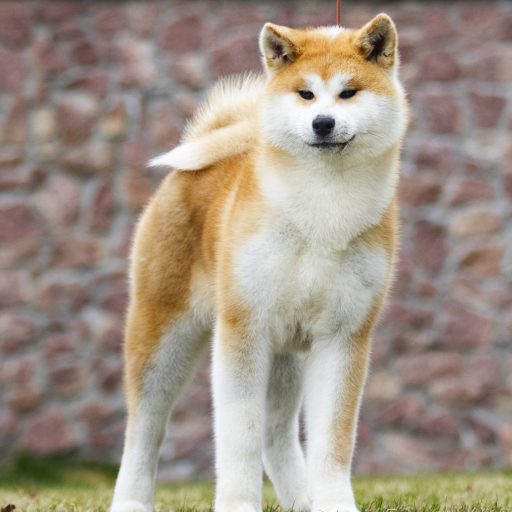The secret to the popularity of the British Shorthair, both in its country of origin and on this side of the Channel and in many other countries, is not only explained by its irresistible airs of teddy bear. Its success with families also comes from its balanced and endearing character. He knows how to show his affection towards his masters and children, but he also values his autonomy.
Built with curves and power, it appreciates both moments of play and moments of rest, in the comfort and safety of the home.
Breed History
The ancestors of the British Shorthair are cats that had adapted to the harsh climate of the British Isles, in particular by developing a coat dense enough to protect them from bad weather and cold.
Harrison Weir, one of the English pioneers of cat breeding, founder of the National Cat Club and organizer of the first cat show in London in 1871, played a leading role in the development of the British Shorthair. Moreover, a female of the breed was exhibited from this first edition which took place at the Crystal Palace. The cat did not go unnoticed, with her beautiful blue coat and amber eyes.
The 2 world wars were very close to making the British Shorthair disappear. Both in the inter-war period and after 1945, many breeders made crosses with Persians, then Russian Blues and some Chartreux, in order to reconstitute the numbers. The contribution of the Persian gave a long-haired version of the British, called British Longhair. At the same time, other breeders worked to preserve the lines of British shorthair cats. Their efforts eventually paid off, since by the 1970s, the British Shorthair was no longer threatened.
Today, the British Shorthair is one of the most popular cats in the UK.
Physical peculiarities
His body: semi-cobby, short, of powerful build and well-developed musculature. The neck is strong and short, the shoulders and hips broad, the legs sturdy. Overall, the curves are predominant in the constitution of this cat.
His hair: short, dense and well straightened, which gives a woolly texture. Associated with a generously provided undercoat.
Its color: all colors are allowed.
His head: rather big and round. The cheeks are full and well drawn, the skull rounded, the nose short and of good width, the stop is only very slightly marked. One notices powerful jowls in the male cat; they are less marked in the female and the kitten.
His eyes: large, round in shape, displaying an expression of liveliness, uniform and intense color.
His ears: small to medium in size, wide at their attachment, well apart and with rounded tops.
Its tail: quite short, thick at its birth, maintaining almost the same caliber until its end which is rounded.
Feed
Because he can tend to be a little less active and is also a big foodie, the British Shorthair is at risk of obesity. His diet must therefore provide him with enough quality protein while being low in lipids. Food supplements, especially for vitamins, can be given to him on the advice of the veterinarian.
Finally, he must have fresh water at his disposal at all times.












